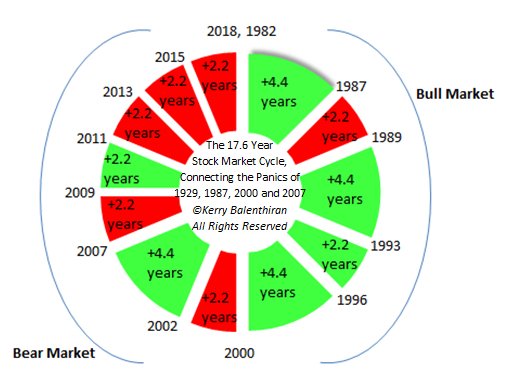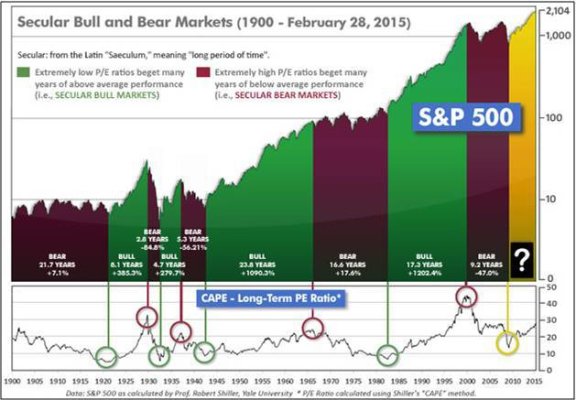NW-Bound
Give me a museum and I'll fill it. (Picasso) Give me a forum ...
- Joined
- Jul 3, 2008
- Messages
- 35,712
The widely accepted definition of a correction is a 10% drop.
From 5/21/2015 to 2/11/2016, the S&P lost 14%. That certainly counts as a correction.
Even now, it still has not recovered to the old high. They will say that the correction has ended when the market recovers the loss.


